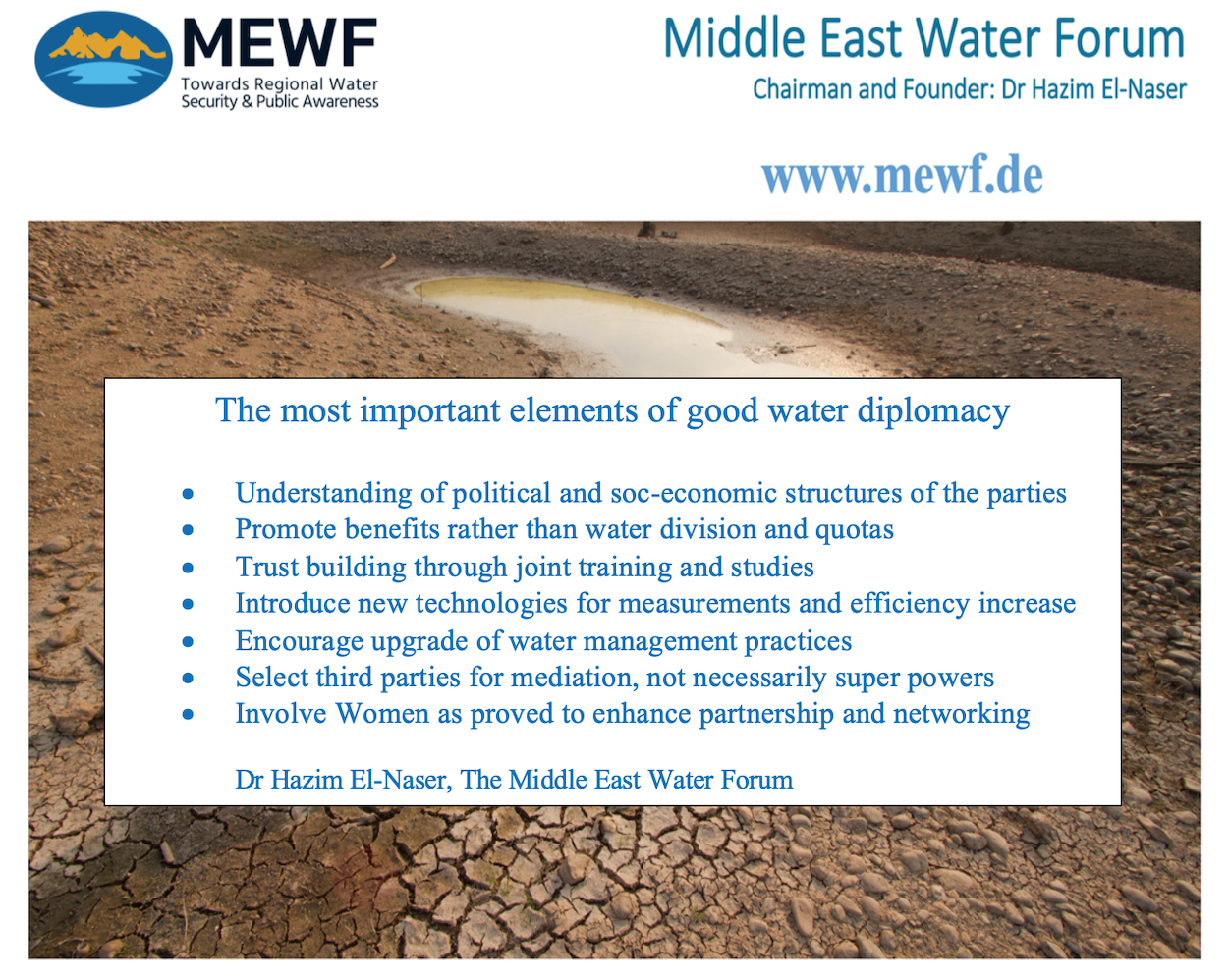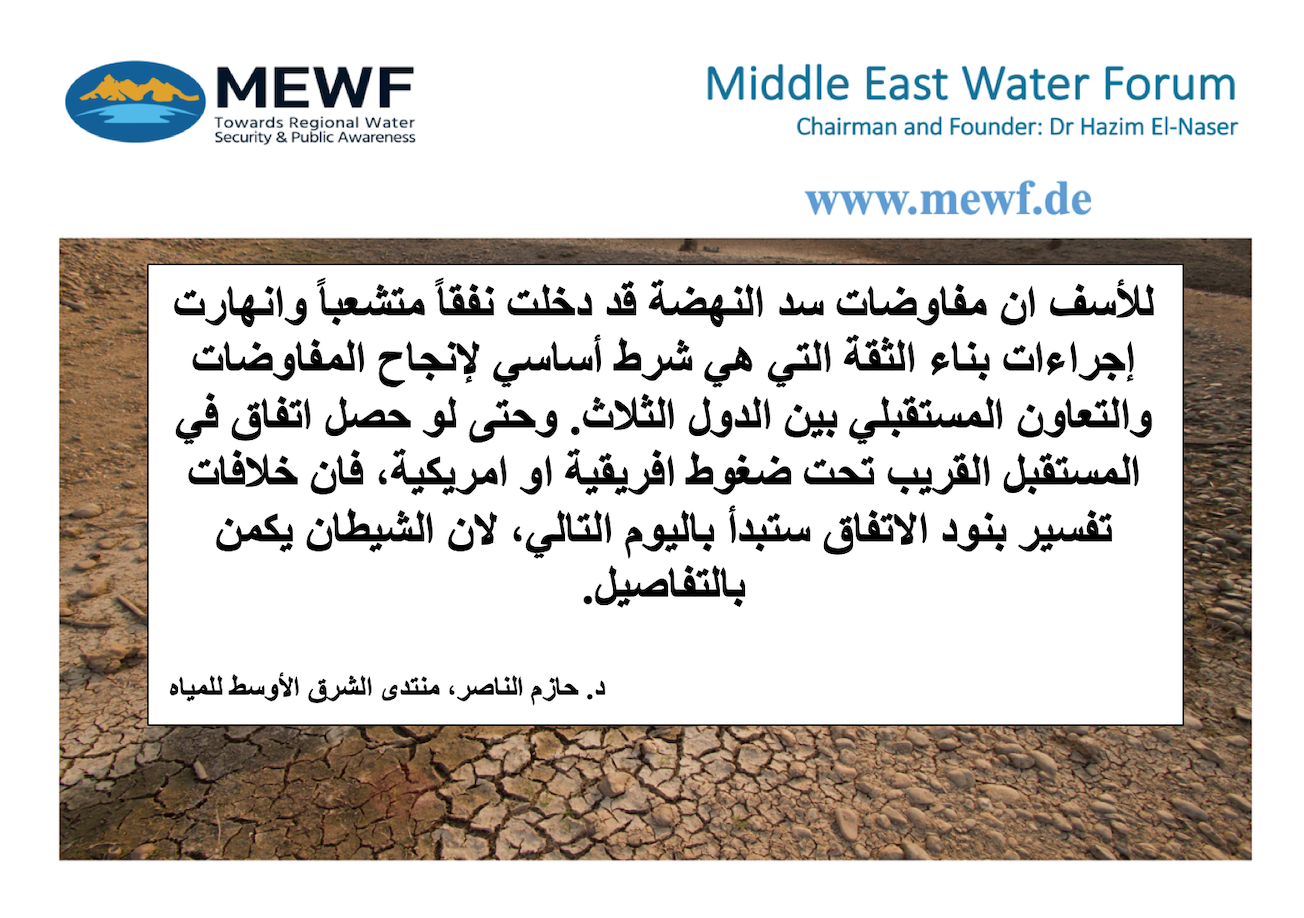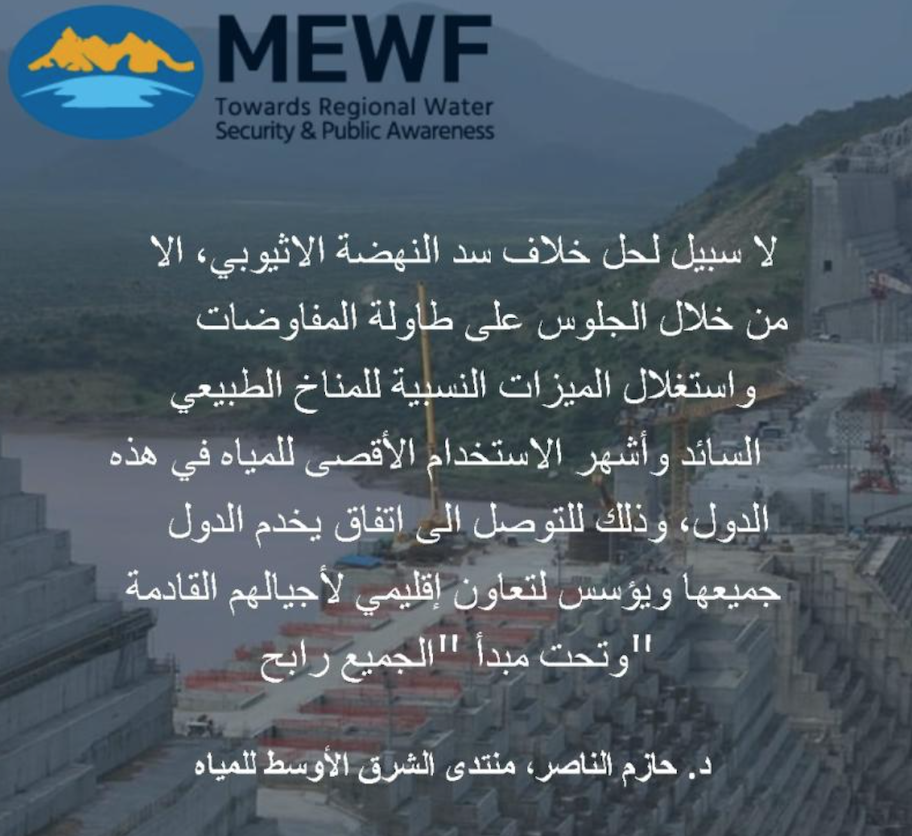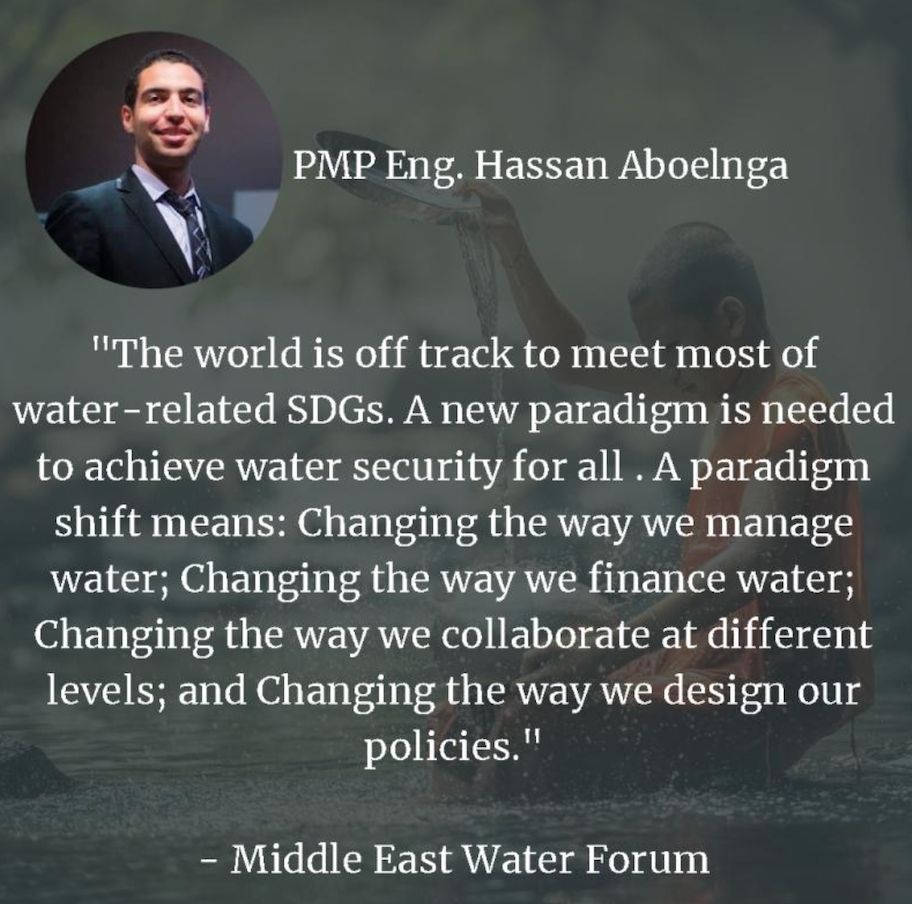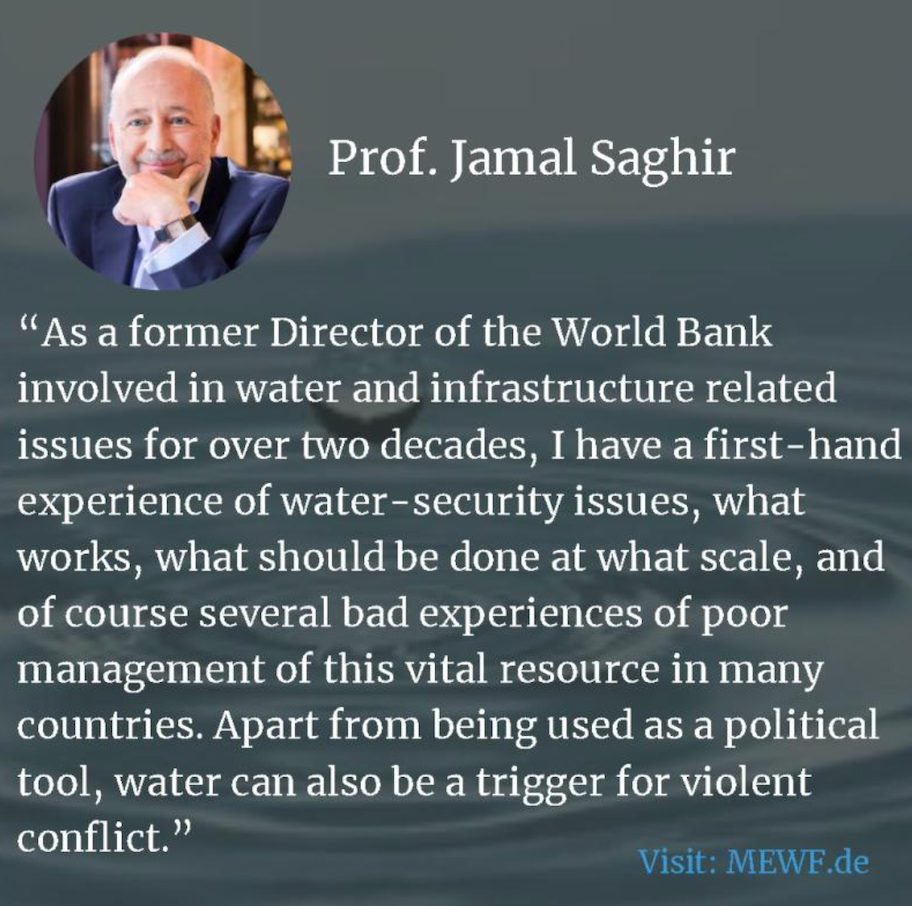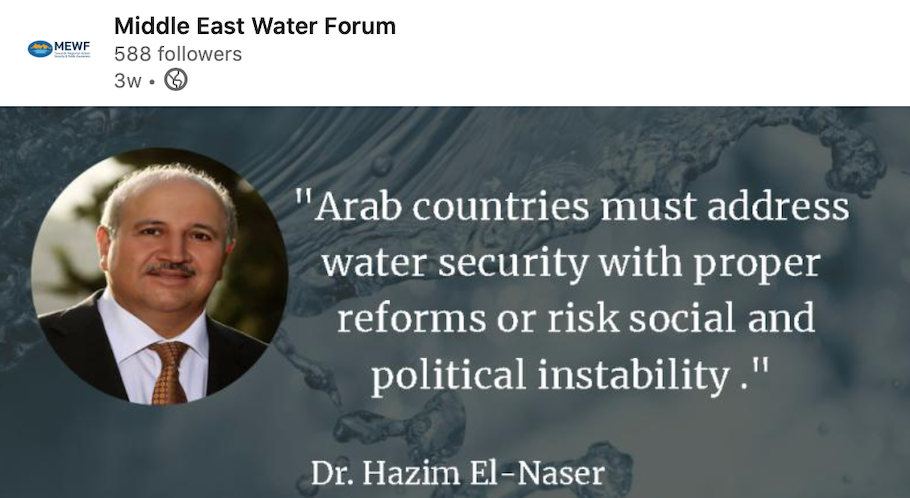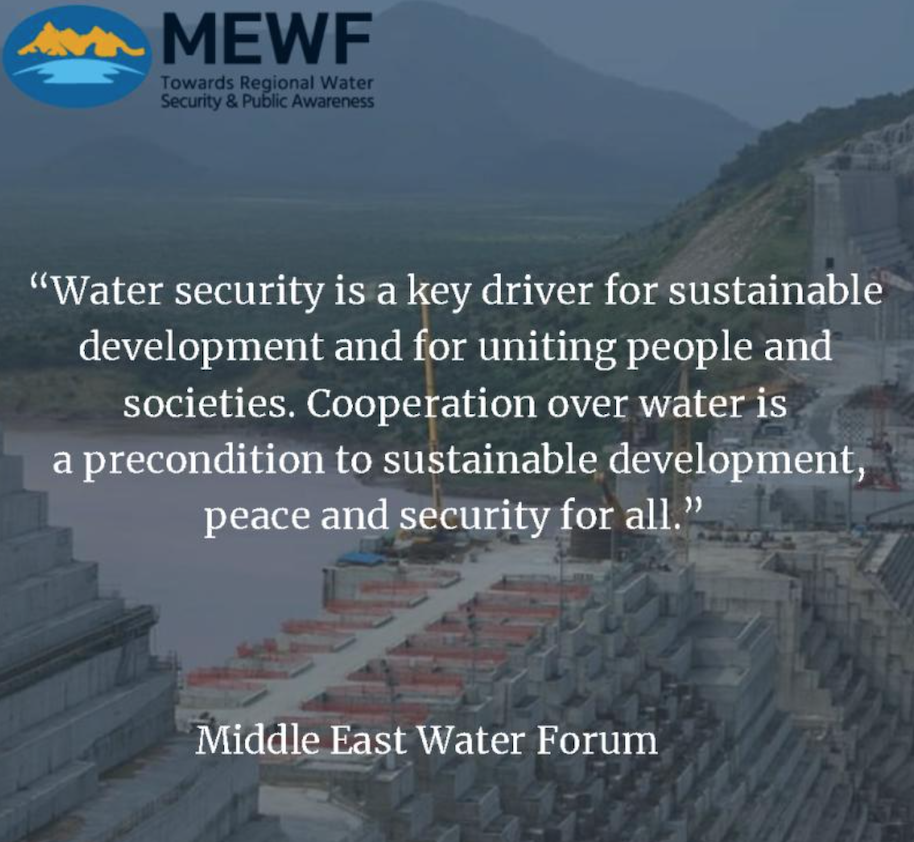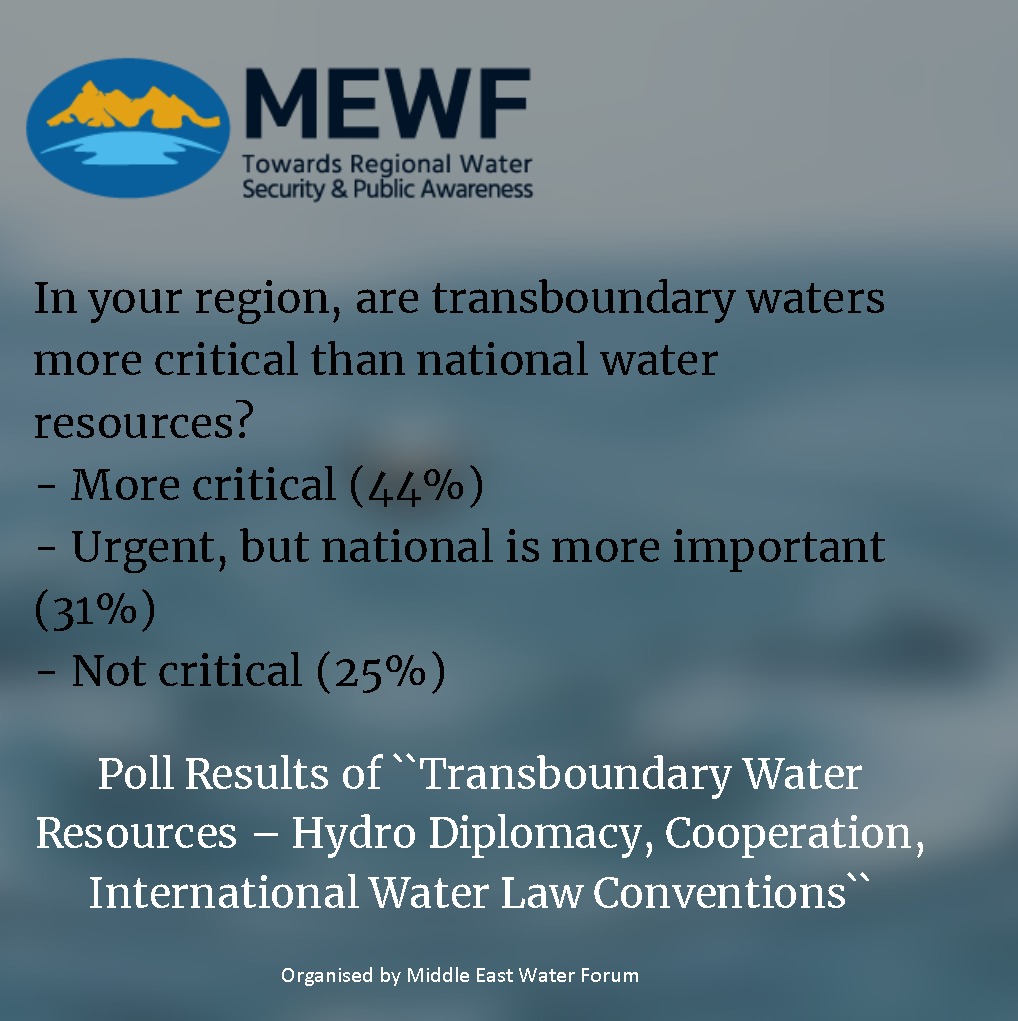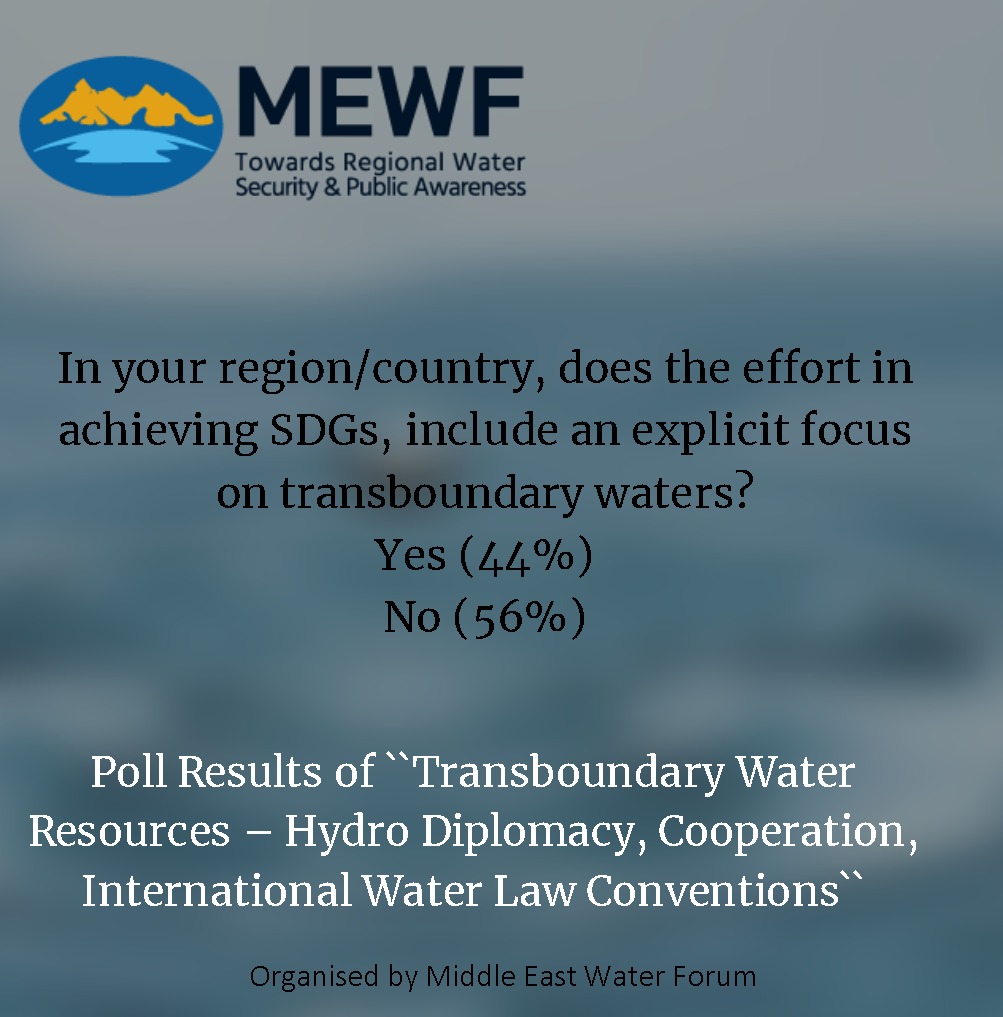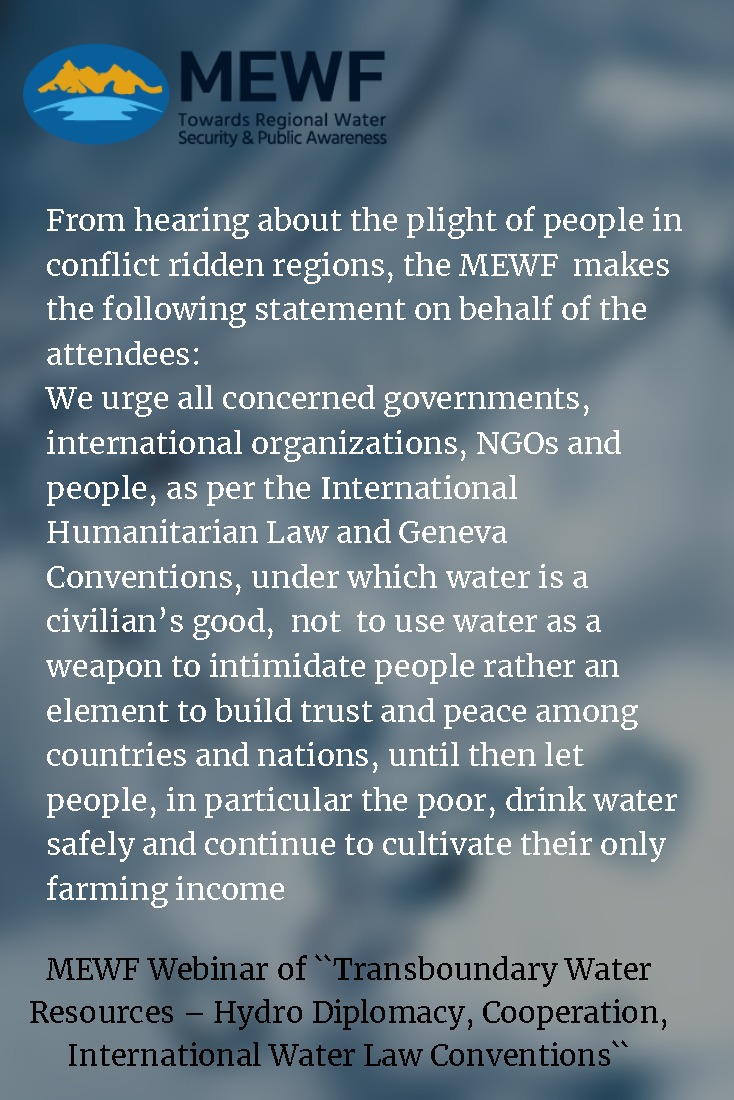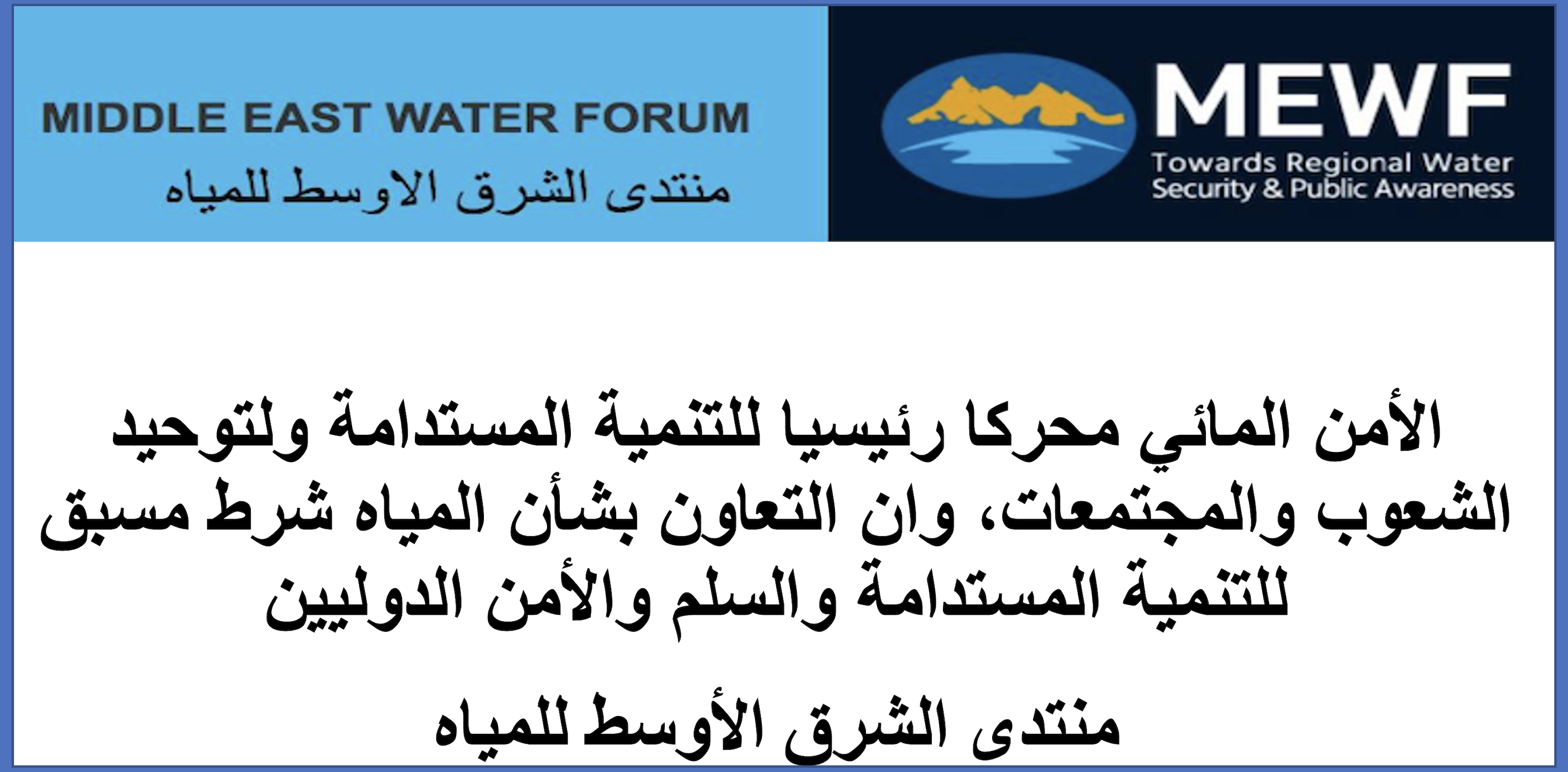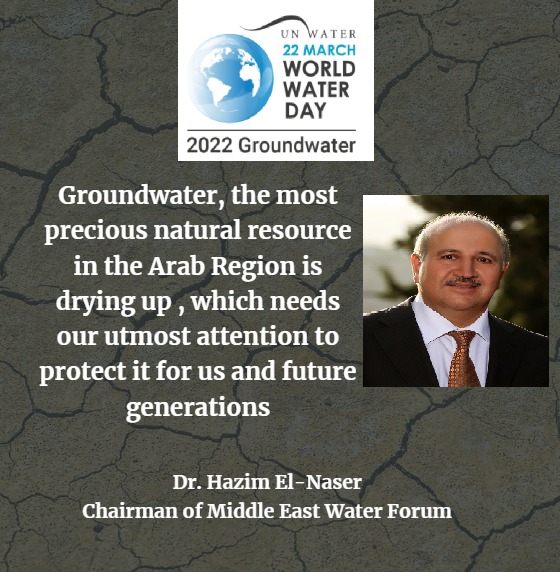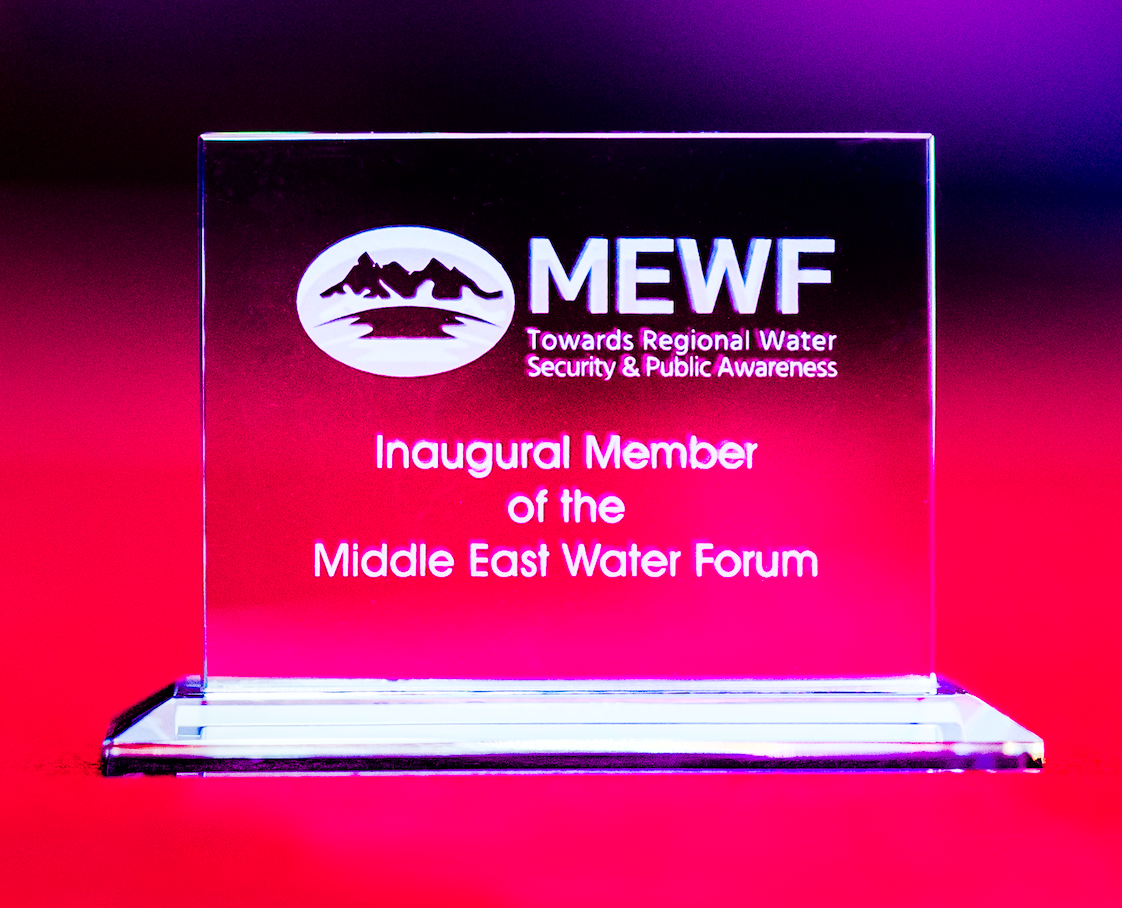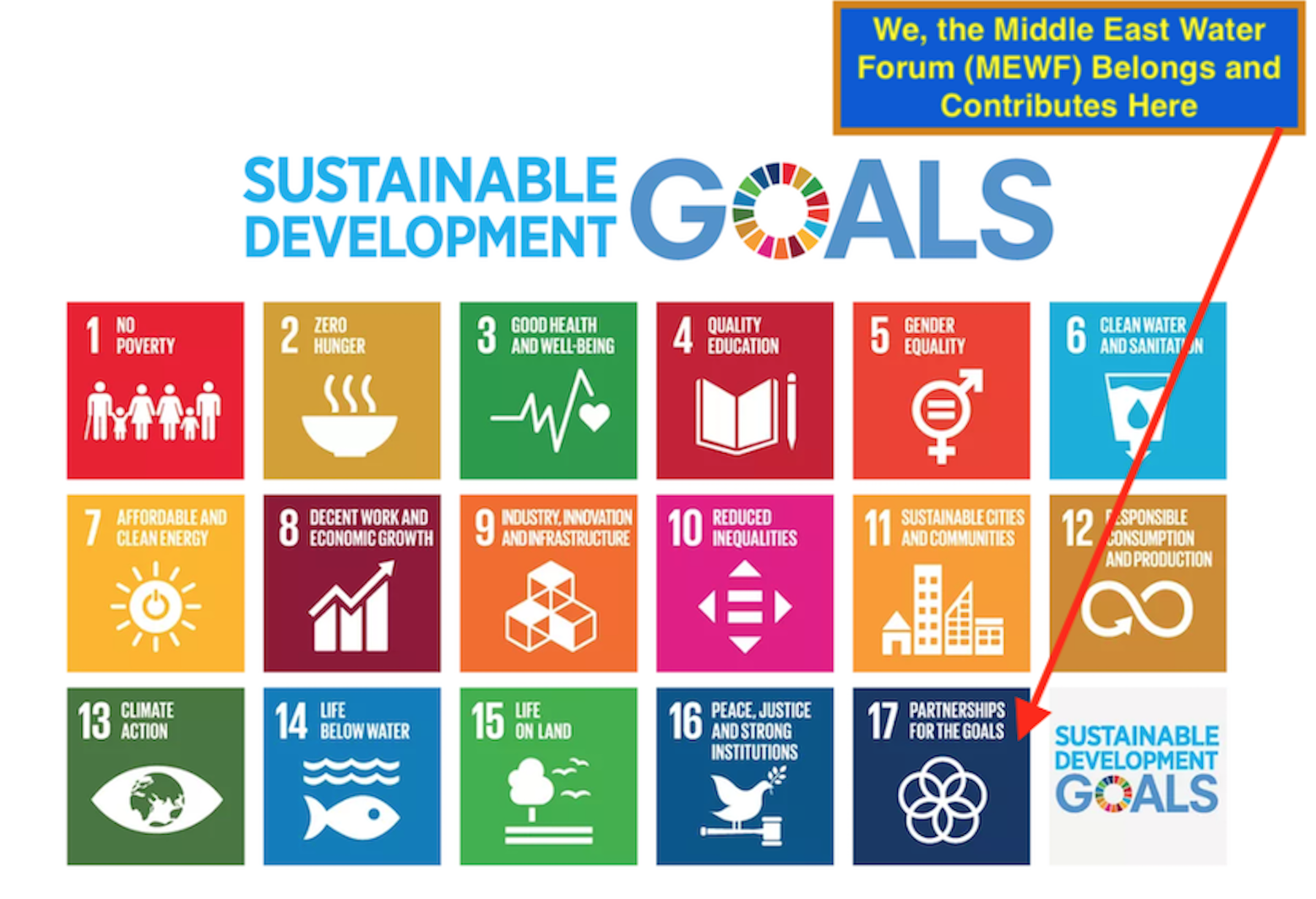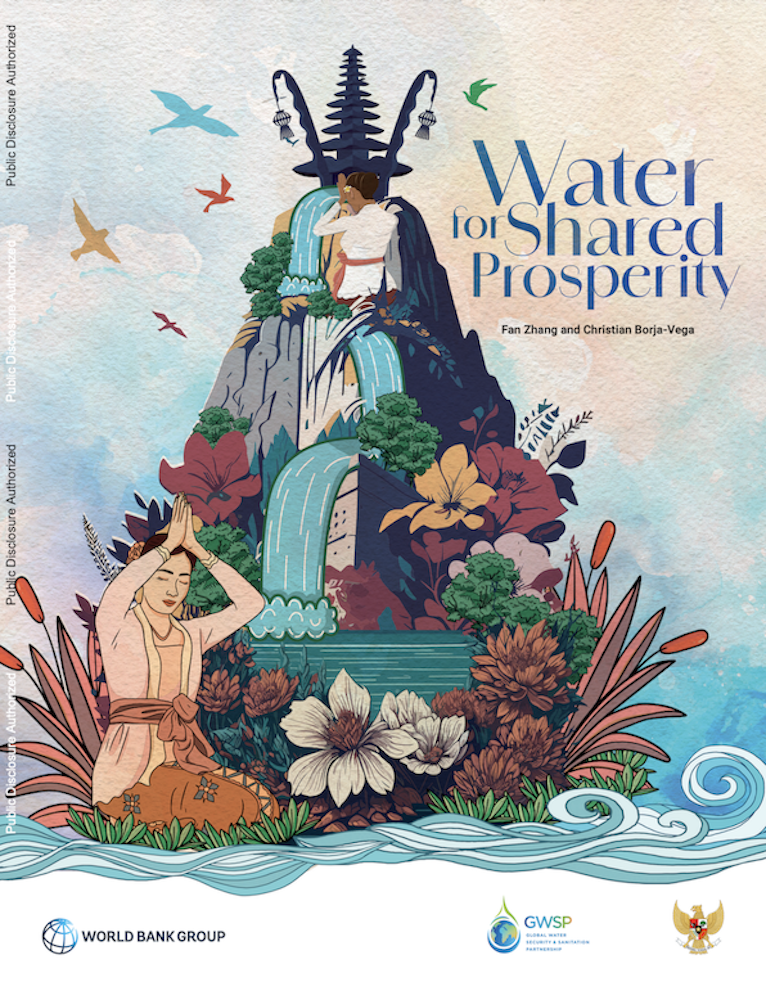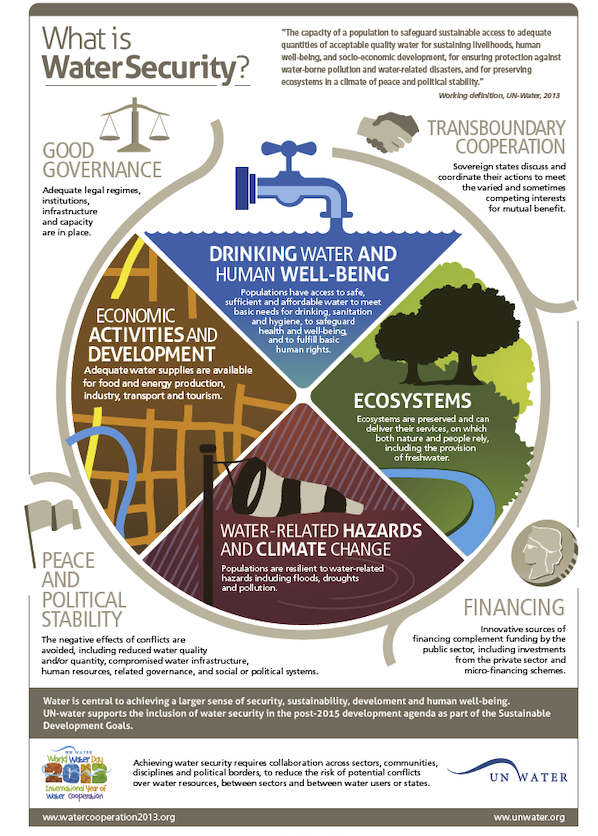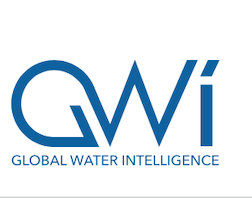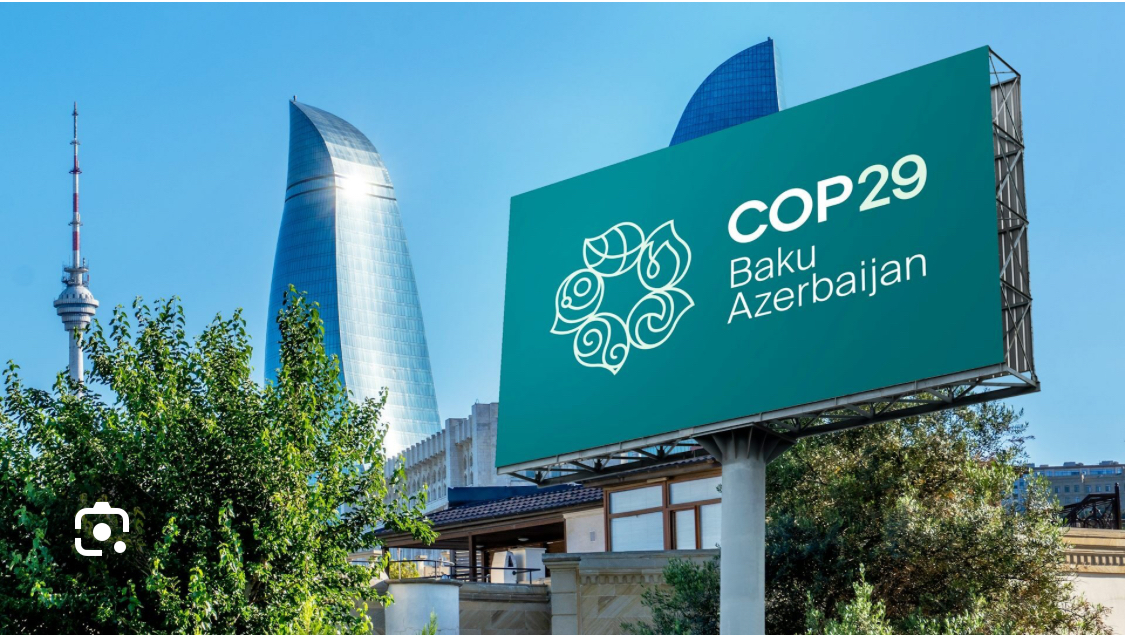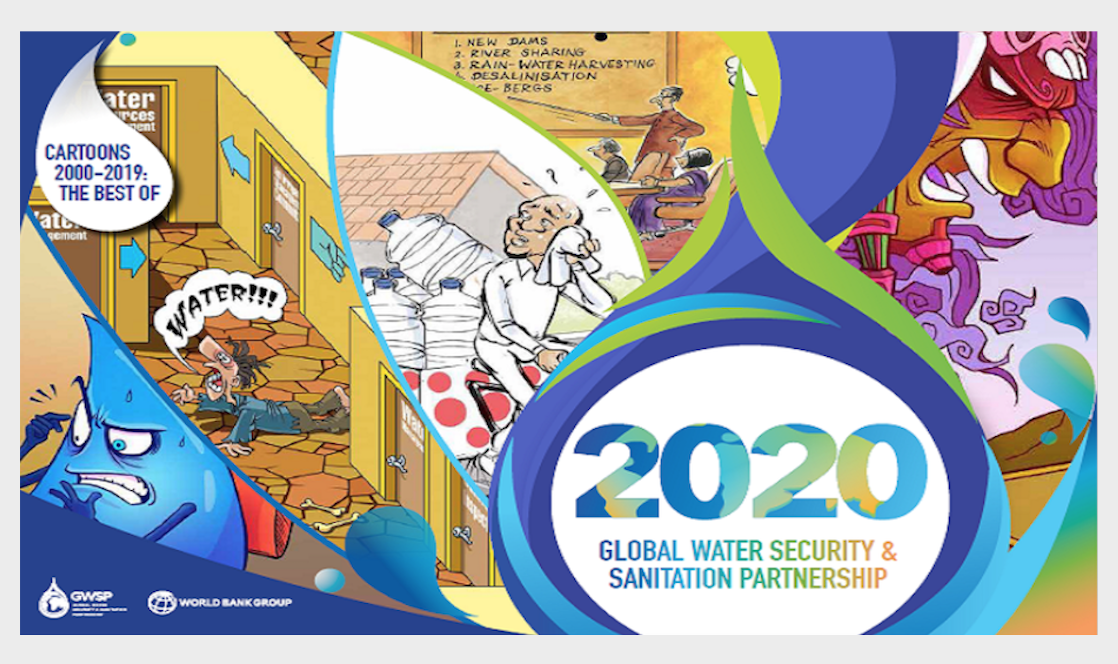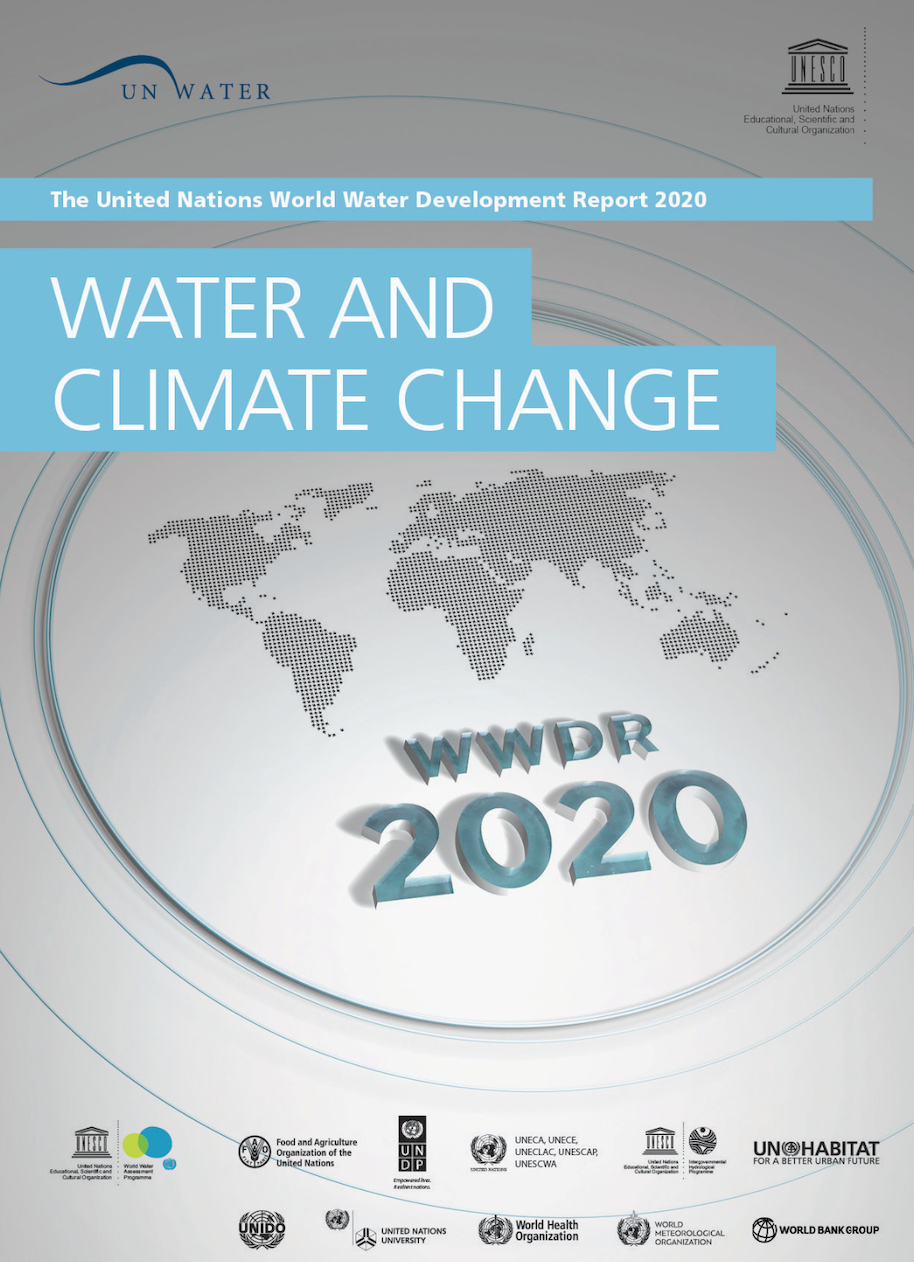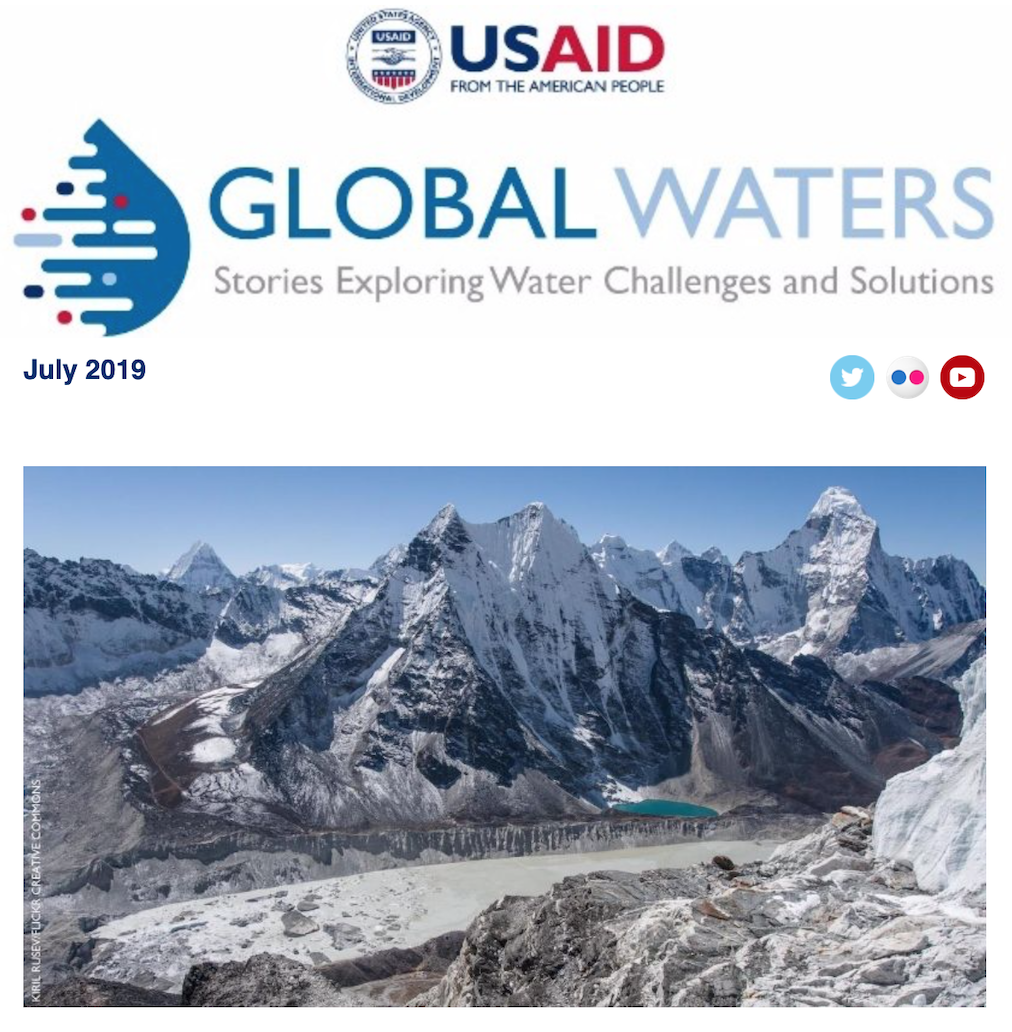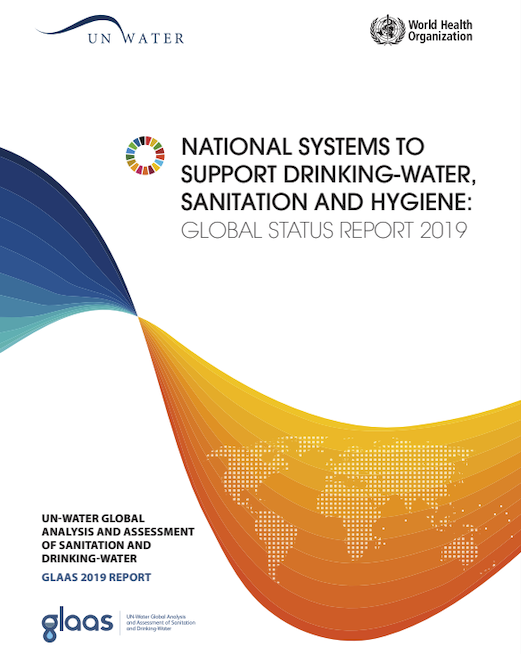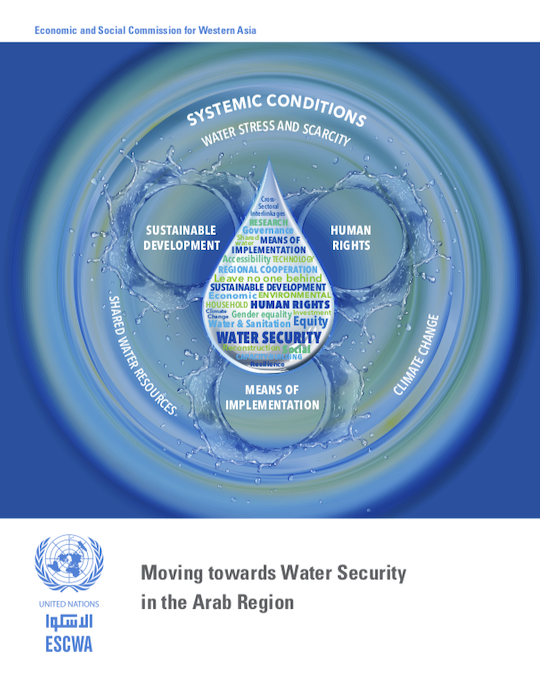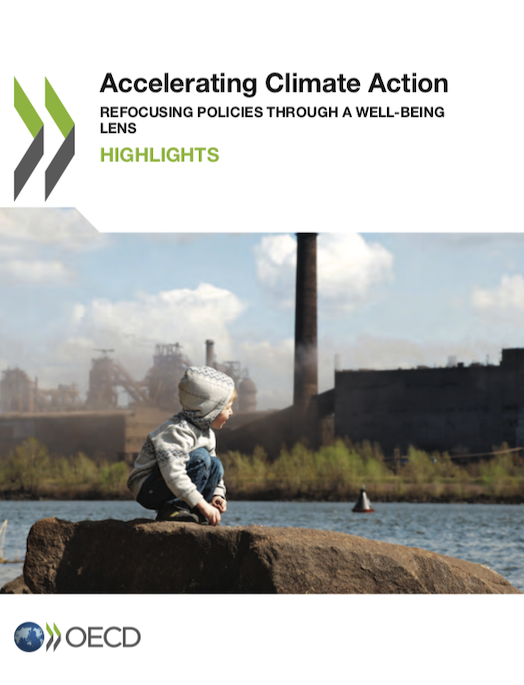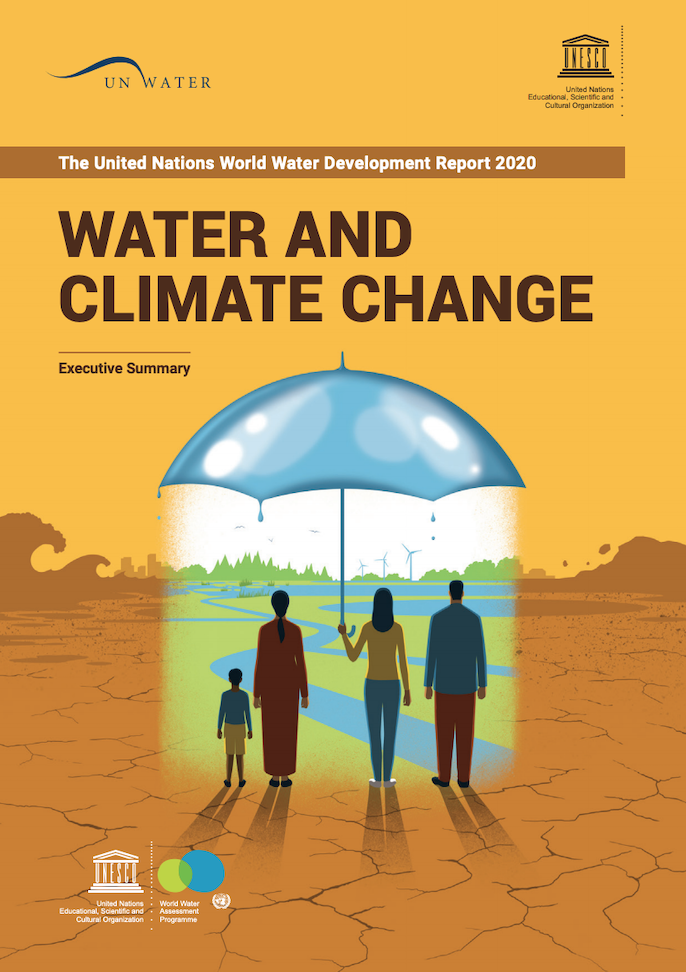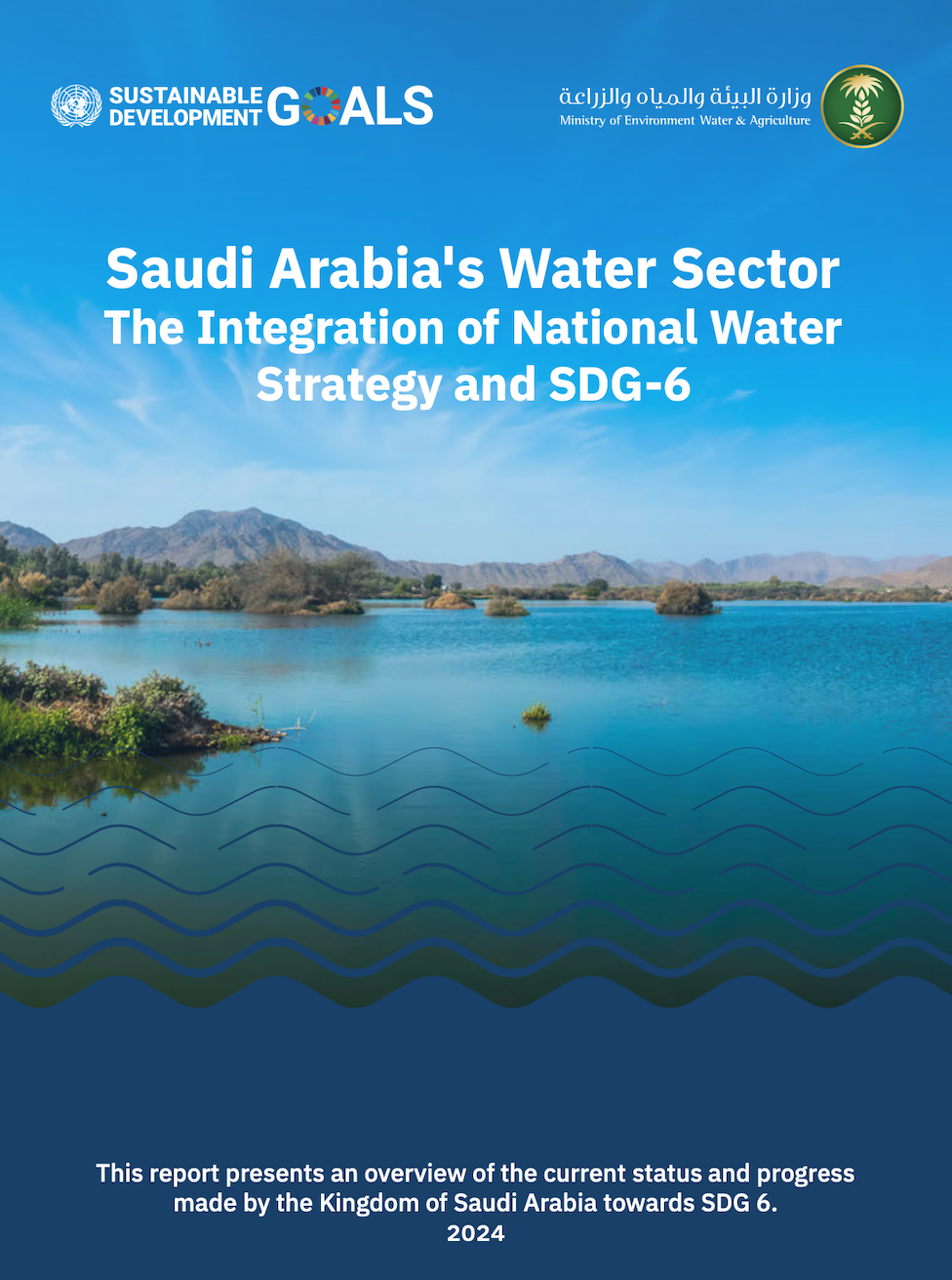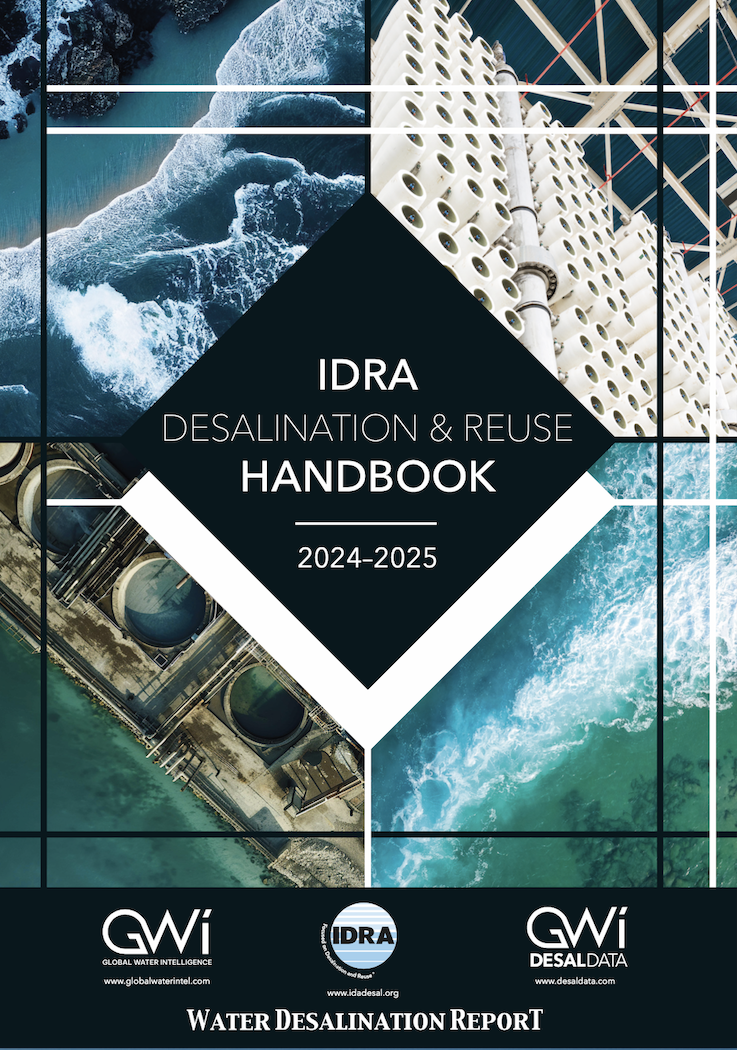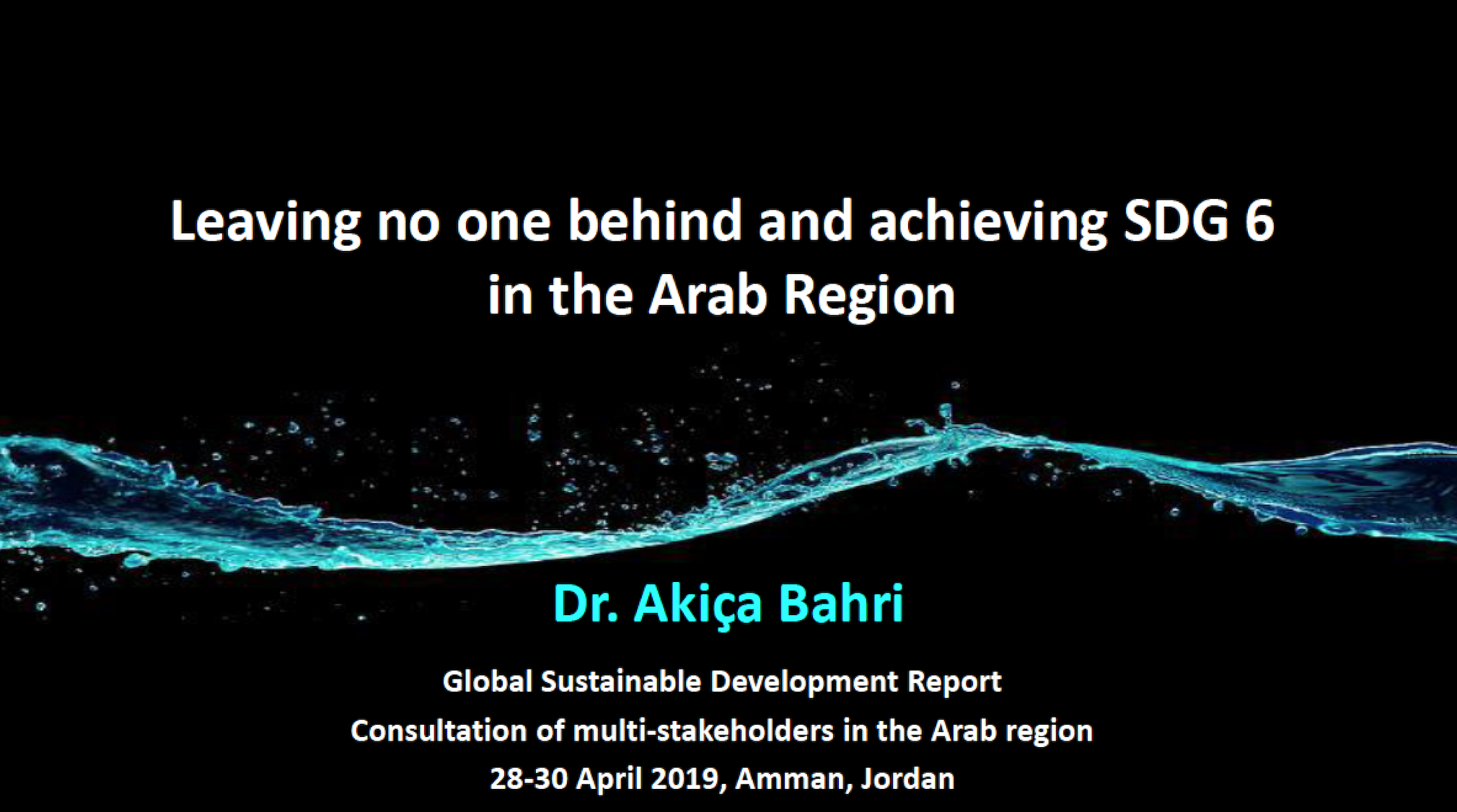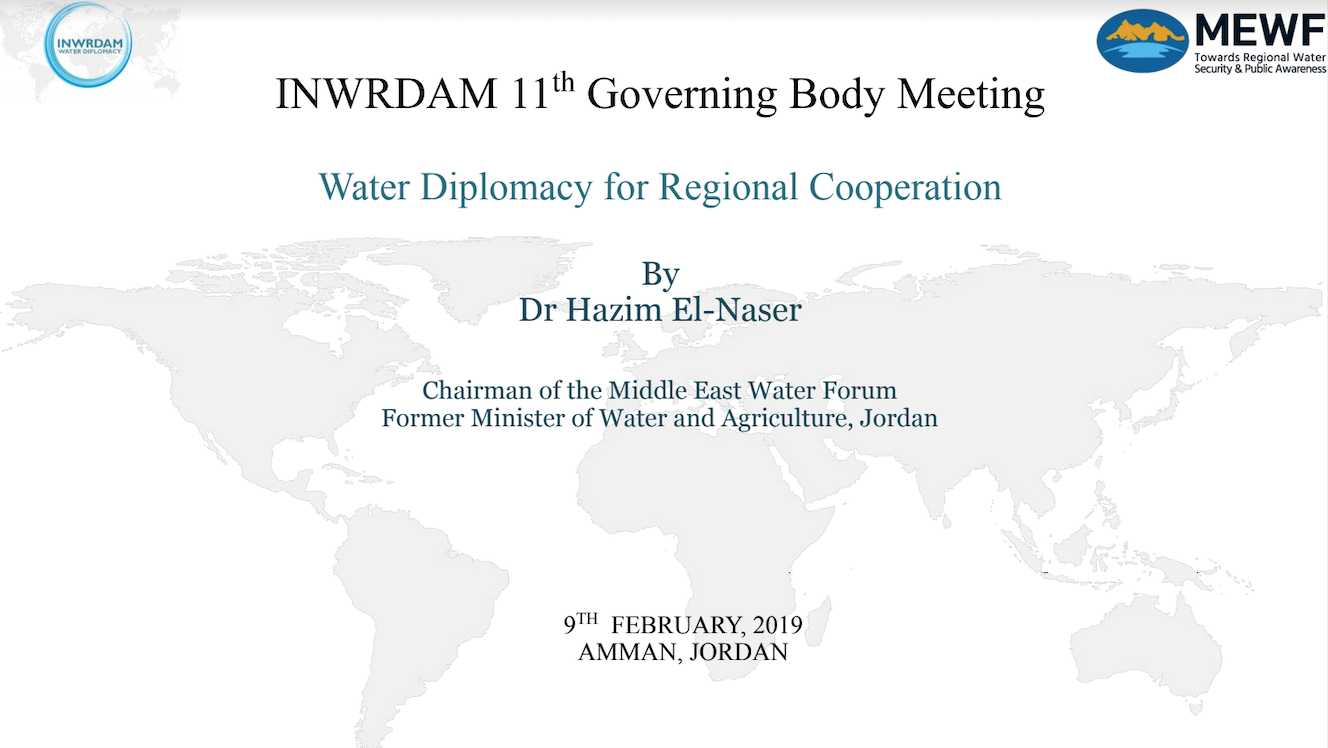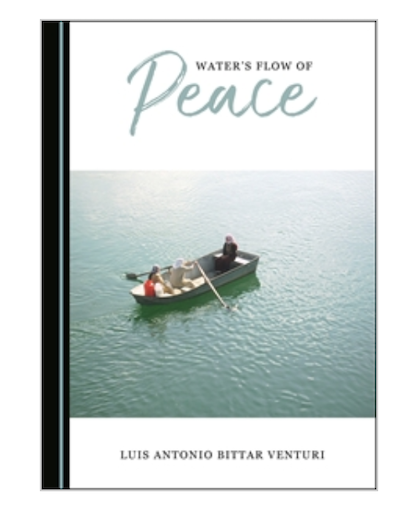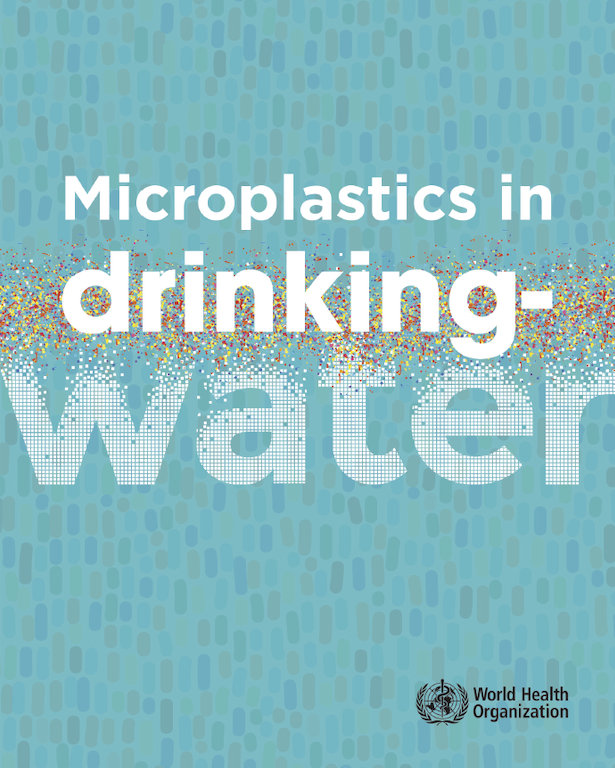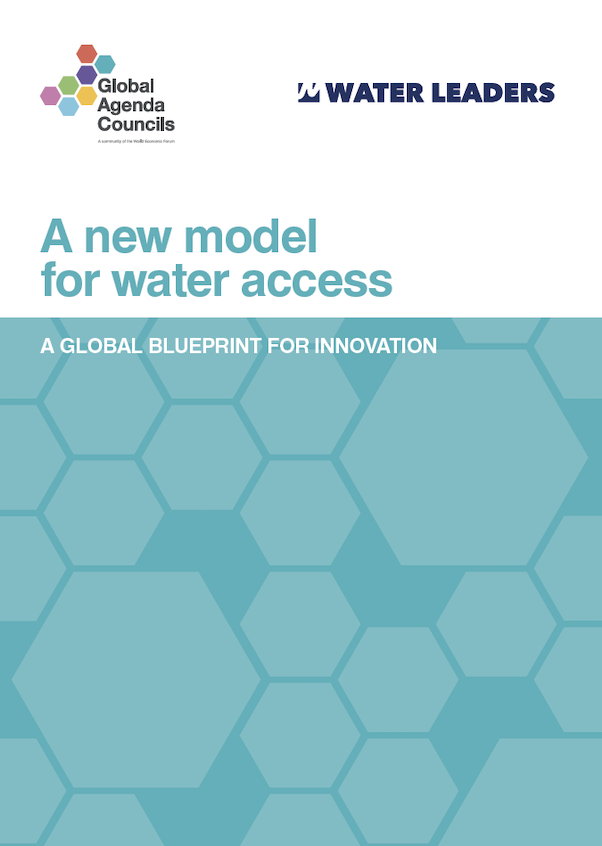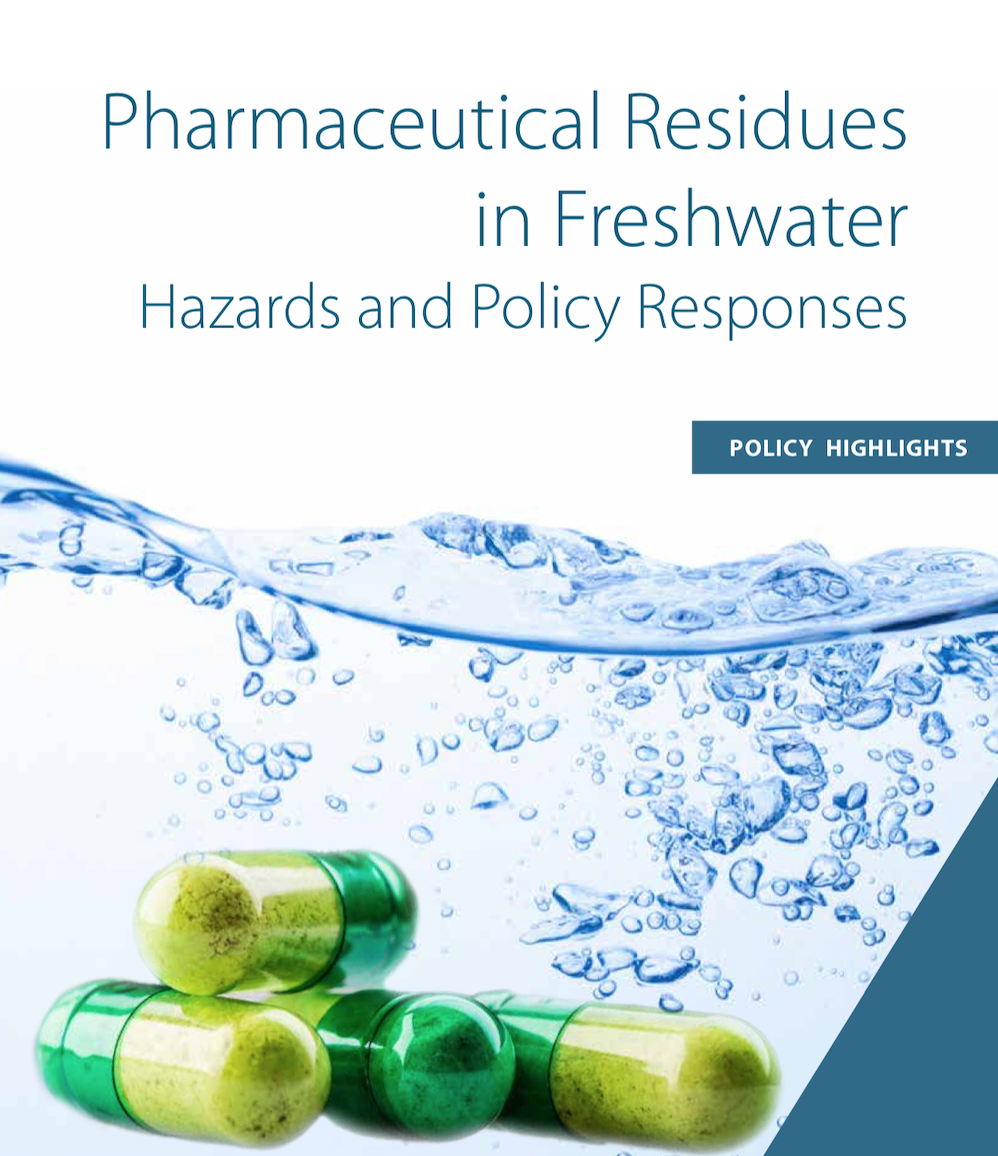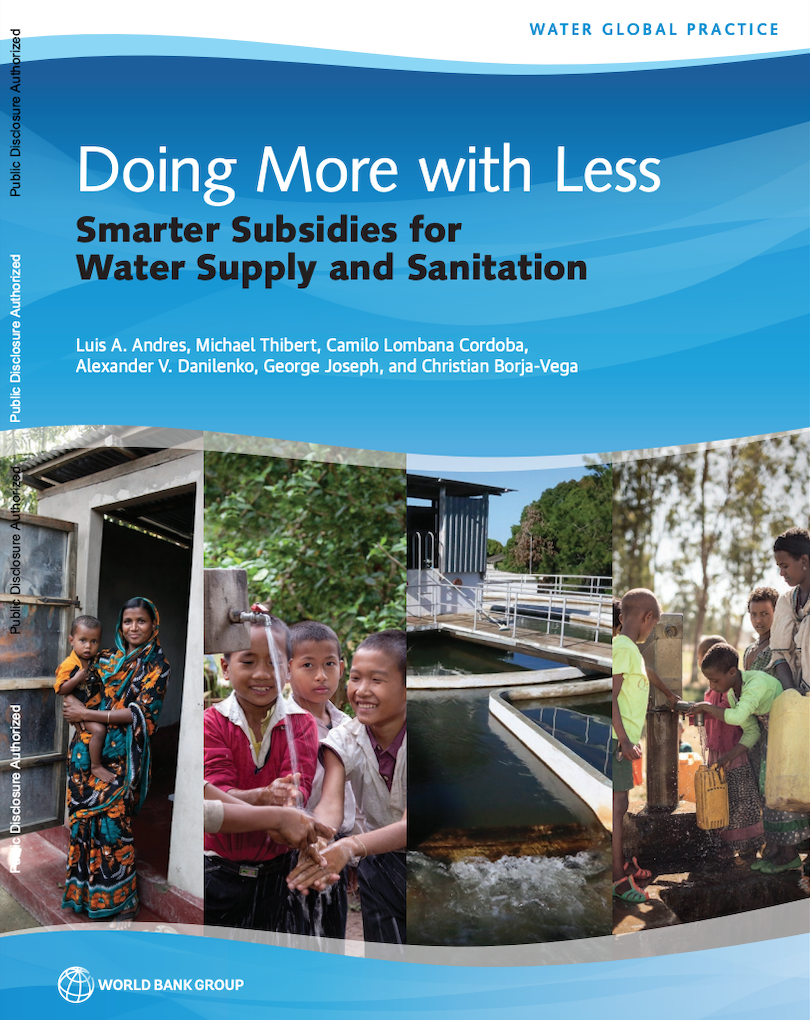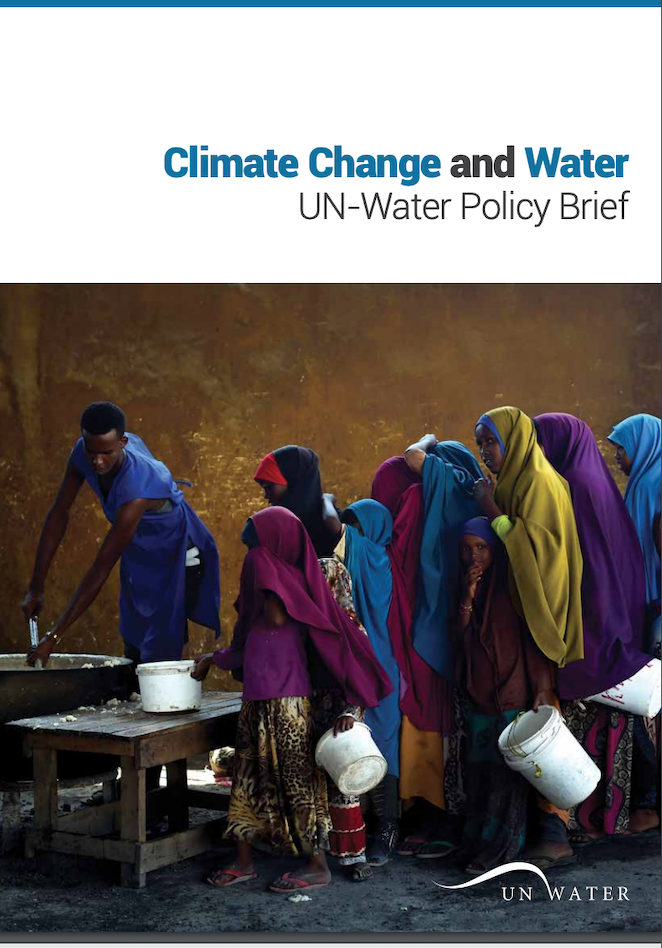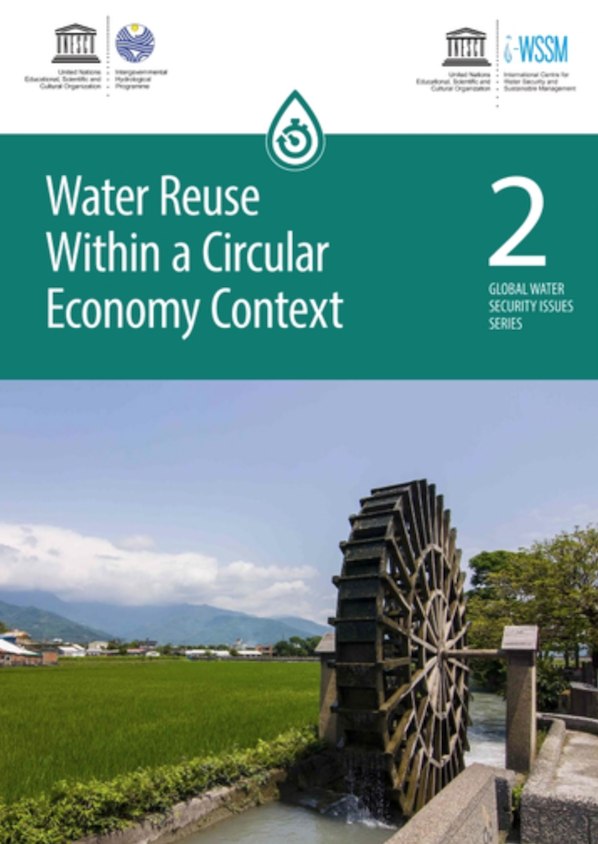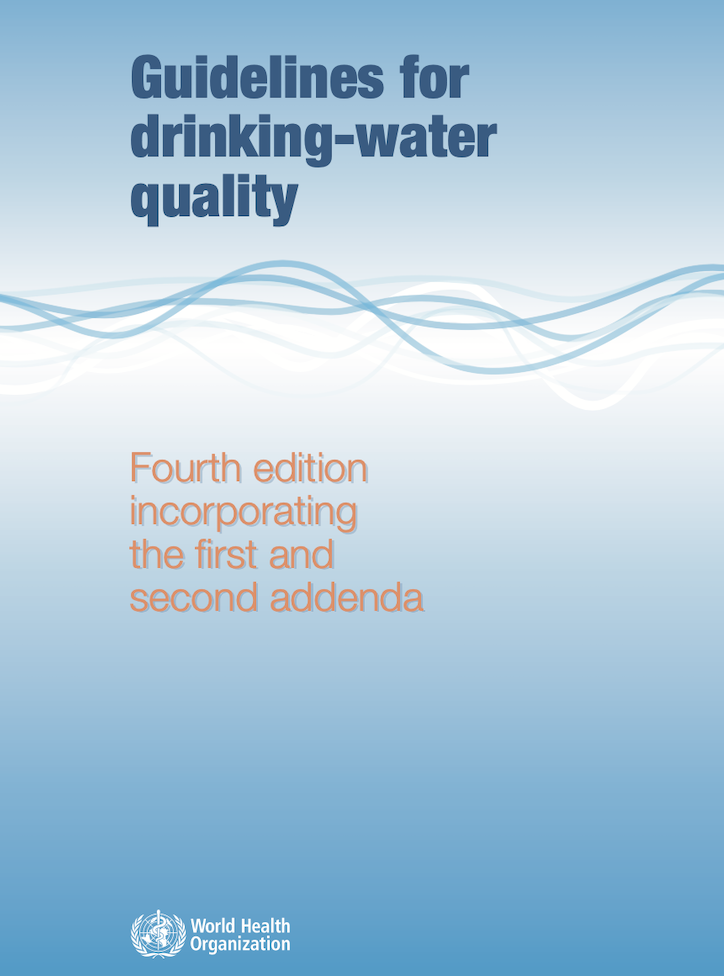
Today many cities around the world have been facing great change pressures of increasing demands due to population growth, urbanization, the influx of displaced people, climate change with hydrological extremes such as floods and droughts. All of these have put great pressure on our socio-economic development, increased vulnerability of our water resources and influenced the way we manage water today. As a result many people suffer from the unsafe or intermittent water supply in their daily lives!
Water is an essential element of life as well as a cross-cutting element of sustainable development. It is key to food, energy and health security as well as poverty eradication, and therefore it is not surprising that water is covered under the 17 Sustainable Development Goals (SDGs), either directly or indirectly, which makes me believe that if we fail to achieve SDG number 6 on water, we fail in all the other SDGs. Simply put: No Water, No future.
Adopted Sustainable Development Goals (SDGs) have shaped and calibrated to express the needs and aspirations of the world to provide universal, equitable, safe, and affordable water and sanitation services (WSS) by 2030, along with other improvements in the way water is managed as a resource.
SDG 6 comprises eight ambitious targets rolled into one, and these targets go far beyond the challenge of meeting the Millennium Development Goal (MDG) target for water by addressing the entire water cycle affecting the availability and quality of those services. The SDG6 sets the bar higher by shifting from infrastructure delivery and access to basic WSS in the MDG period into comprehensive, sustainable, and safely managed WSS.
At a global level, the Millennium Development Goal (MDG) target for water was achieved by 2010 and 2.6 billion people gained access to improved water but these services do not necessarily provide safe water. Despite this worldwide effort, 660 million people still lack access to clean water (WHO/UNICEF 2015). Due to aspirations of SDG 6, the figures have grown up, some 3 in 10 people worldwide, or 2.1 billion, lack access to safe, readily available water at home (WHO/UNICEF 2017)
Due to limited and mismanaged resources, water supply is intermittent in many cities around the world that aggravate the challenge to achieve SDG6. The scale of IWS is growing: nowadays 1.2 billion people have access to water infrastructure but do not receive continuous water supply. The condition where water is provided for a limited period is called Intermittent Water Supplies (IWS). The numerous problems associated with management and operation of distribution networks under IWS put us in a vicious cycle of water management (https://www.thesourcemagazine.org/beyond-urban-water-security-the-vulnerability-of-intermittent-water-supplies/), increase the level of non-revenue water and cause inequity within the country that can be a significant factor in exacerbating poverty SDG1.
“If we continue to follow a business‐as‐usual pathway with the same water governance under intermittent water supply, many countries have a long way to go to achieve the SDG6 by 2030”.
(WHO 2012) estimated that the economic cost of poor WSS in developing countries amounted to about $260 billion per year through a range of different impacts—from poor health to environmental degradation—which equates to 1.5 percent of global gross domestic product (GDP) In some very poor countries, this figure may rise to 10 percent of GDP.
The need to solve systemic problems of IWS is extremely urgent not only because of the growing complexity of today’s challenges but also because such problems require new mindsets, approaches, collective actions, large monetary and resource investments with multi-generational consequences. Transitioning toward secure and continuous water supply is the only way that these trends will be reversed and get the SDG6 back on track.
References:
- WHO (World Health Organization). 2012. “Global Costs and Benefits of Drinking-Water Supply and Sanitation Interventions to Reach the MDG Target and Universal Coverage.” Analytical report, WHO/HSE/WSH/12.01, WHO, Geneva
- WHO/UNICEF (World Health Organization and United Nations Children’s Fund). 2015. Progress on Sanitation and Drinking Water: 2015 Update and MDG Assessment. Geneva
- WHO/UNICEF (World Health Organization and United Nations Children’s Fund). 2017. Progress on Drinking Water, Sanitation and Hygiene: 2017 Update and SDG Baselines. Geneva
 eng-ahmad-ali-alnoubani
eng-ahmad-ali-alnoubani
 eng-zain-al-majed
eng-zain-al-majed
 dr-hazim-el-naser-1
dr-hazim-el-naser-1
 eng-hassan-aboalnaga
eng-hassan-aboalnaga

